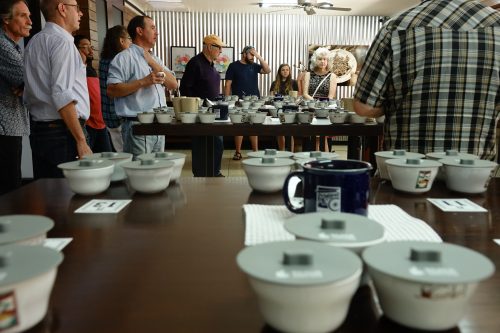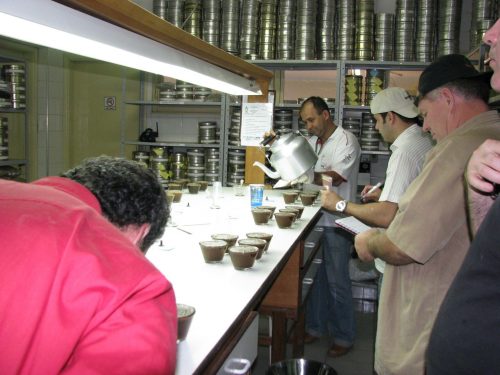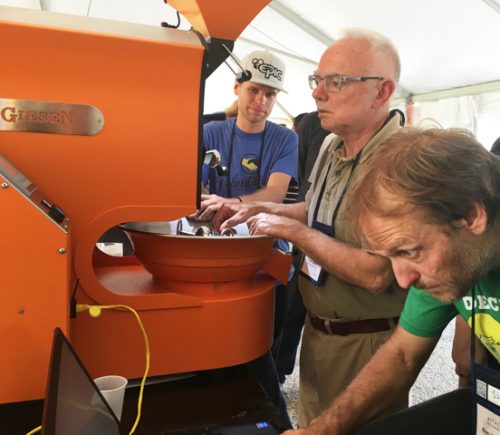As a coffee lover, you might want to know what a new variety would taste like – for example, maybe you’d like to try Papua New Guinea – but are worried you won’t like it. There are many taste profiles from the different coffee growing regions around the globe. A broad description of these would be:
- Africa: Bright and Fragrant
- Central and South America: Mild and Smooth
- Indonesia: Full Bodied and Bold
First, you’ll need to figure out if you want to try a medium roasted or a dark roasted coffee. I know that sounds elementary, but you’d be surprised how many people will ask for a variety that brews a robust cup of coffee when a lot of the time what they really want is a dark roasted coffee.
Each specialty coffee requires different degrees of heat and roasting time to achieve its optimum flavor. What this means is that a Sumatran will require more heat (and need to be darker roasted) than say, a Colombian would, to get the most flavor out of it. If a coffee is under-roasted it will tend to be a little bitter, but if it’s over-roasted, some of the flavor will be roasted out, and it will taste a bit flat (and probably burnt).
African coffees are usually acidic in flavor, and “winey” is a term often used for their dry, bright taste. Kenyan, Tanzanian and Zimbabwean are good examples of coffees with these characteristics. Ethiopian coffees from Harrar can have floral, fruity tastes, while those from Yrgacheffe are known for their chocolaty tones.
The coffees from the Americas are usually smooth, crisp and clean with bright aftertastes. Examples of these are Costa Rican, Guatemalan, Mexican and Colombian. Personally, I feel that Colombian coffees are some of the most consistent tasting from year to year. Some of these coffees, like those from Brazil & Nicaragua, have a nutty, or buttery smooth taste. And Hawaiian Kona has a sweetness to it that makes it a truly special cup of coffee, indeed.
Indonesian coffees have good body, similar to a bold red in the wine world. Some people mistakenly call this taste “strong”, but strong coffee is just brewed strongly – with extra coffee. Coffees from this region include Sumatra, Java, Sulawesi and Indian among others.
Another useful tip to consider when tasting coffees is they should be sampled hot, warm and at room temperature. Coffees that are just brewed can have their tastes masked by the high heat. These flavors will become more pronounced as the cup cools. You should enjoy the flavor of a cooler cup as much as you did when it was hot. Be aware though that, conversely, taste and aroma characteristics can appear fleetingly just after brewing.





